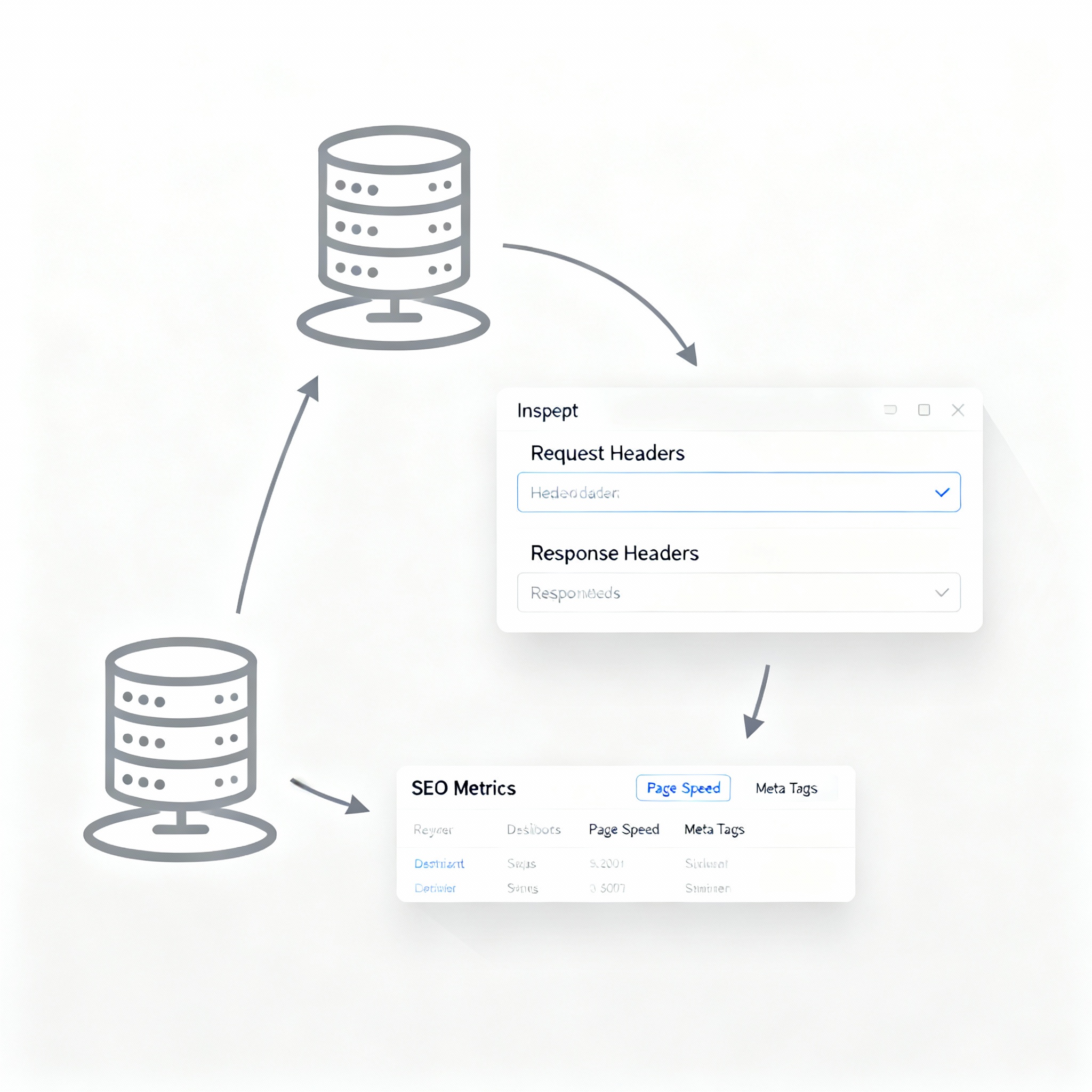
HTTP headers lookup
Created on 19 October, 2025 • Checker tools • 29 views • 2 minutes read
HTTP headers lookup is an essential task for developers, SEO specialists, and digital marketers who aim to understand
HTTP headers lookup is an essential task for developers, SEO specialists, and digital marketers who aim to understand and optimize the communication between web servers and browsers. Every time a user requests a web page, servers exchange HTTP headers—tiny packets of information that define the behavior, accessibility, and visibility of that page. By examining these headers, you gain deep insights into site performance, security, content delivery, and search engine optimization.
What Is HTTP Headers Lookup?
Definition and Purpose
HTTP headers lookup refers to the process of retrieving and analyzing the metadata transmitted during HTTP transactions. These headers control cache policies, redirects, content type, encoding, security measures, and browser instructions. By viewing HTTP headers, you can check technical health, debug problems, and implement best practices for both user experience and SEO.
Common header examples include:
- Content-Type: Defines file format (HTML, JSON, XML, etc.)
- Cache-Control: Specifies if and how browsers and proxies cache content
- Server: Reveals hosting infrastructure, e.g. Apache, Nginx
- Location: Used for URL redirects—crucial for moving content and avoiding SEO penalties
- X-Frame-Options, Strict-Transport-Security: Strong security headers
Key Benefits and Use Cases
Technical Diagnostics
- Identify and resolve issues like slow loads, resource errors, or broken redirects by inspecting real-time server responses.
- Confirm HTTP status codes (200 OK, 301 Redirect, 404 Not Found) which influence user experience and how search engines handle your pages.
Security and Data Integrity
- Validate the presence of headers that protect user data and enforce secure connections—such as HTTPS requirements, anti-clickjacking, and cross-origin policies.
- Quickly spot missing or misconfigured security headers that expose your site to risks or compliance failures.
Content Optimization
- Ensure correct rendering and delivery of assets: headers dictate how browsers process and display everything from HTML to images and fonts.
- Control caching to balance fast user experiences with up-to-date content for search engine freshness and crawl efficiency.
SEO Impact of HTTP Headers Lookup
Accurate Indexing and Canonicalization
- Redirect headers (Location, 301, 302) inform search engines about the new location of content—proper handling avoids duplicate indexing, loss of rankings, or crawl errors.
- X-Robots-Tag headers can block or allow indexing at a granular level; ideal for controlling search visibility of sensitive pages, PDFs, or media assets.
Speed, Engagement, and Rankings
- Headers like Cache-Control and Content-Encoding improve page load speeds, which is a direct ranking factor for Google and other engines.
- Well-optimized headers reduce server strain, ensuring stability and consistent performance for organic and paid traffic.
Structured Data and Rich Results
- Properly delivered schema, JSON-LD, and AMP formats rely on accurate headers for recognition and rich snippet features in SERPs.
How to Perform HTTP Headers Lookup
- Use online tools or browser developer consoles to inspect headers from any URL.
- Review both request and response headers for status codes, cache instructions, content types, and security measures.
- Regularly audit priority landing pages, redirects, and newly published assets for optimal configuration.
Best Practices
- Routinely test site headers after updates, migrations, or redesigns.
- Document and fix issues promptly—especially security, redirect, and caching anomalies.
- Educate teams about headers’ role in search ranking, user privacy, and compliance.
Conclusion
HTTP headers lookup is a vital foundation for robust SEO, user experience, and website security. By decoding these server signals, you can fine-tune digital strategy, catch costly errors, and build a trustworthy site that excels in both organic search and user satisfaction.
Popular posts
-
GIF to BMPImage Manipulation tools • 353 views
-
GIF to WEBPImage Manipulation tools • 256 views
-
GIF-to-PNGImage Manipulation tools • 190 views
-
SHA-3/512 generatorConverter tools • 152 views
-
GIF to JPGImage Manipulation tools • 122 views